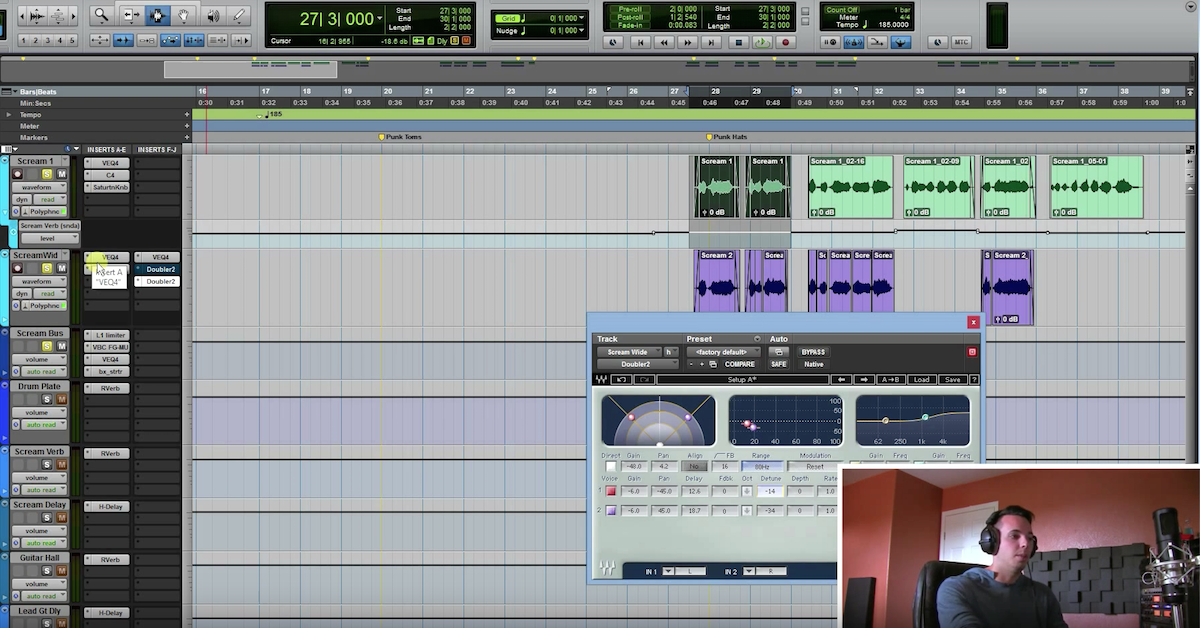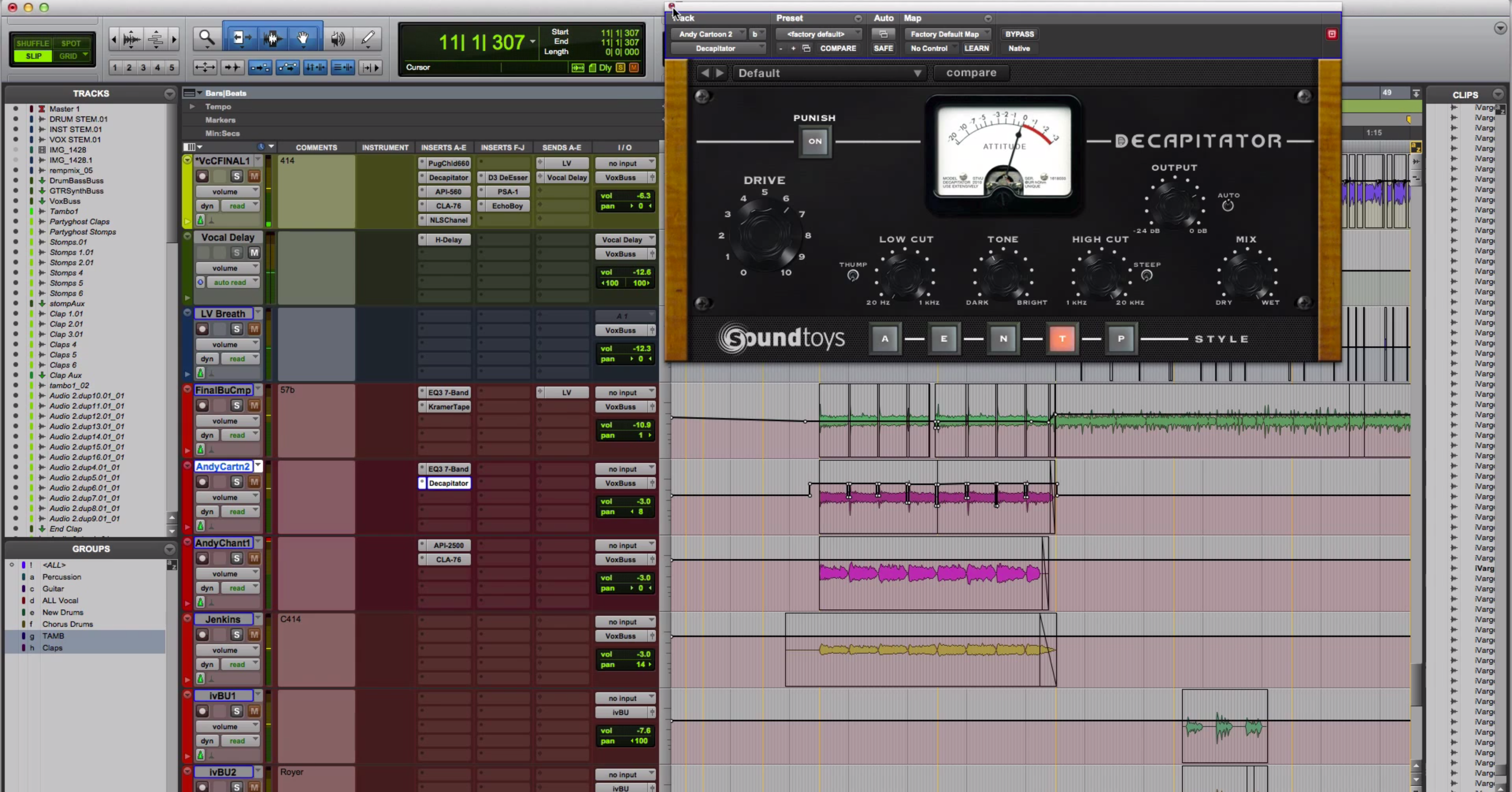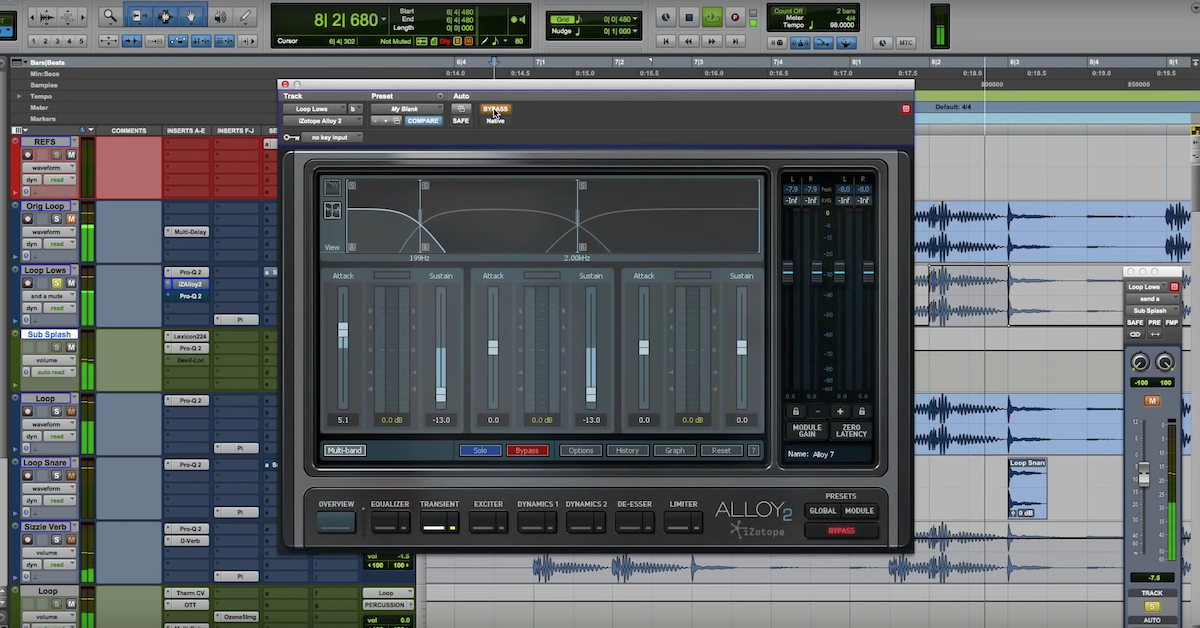Mixing: Where Do I Start?
Article Content
Whether you’re a producer just trying to get a decent mix of your own work, or an experienced mix engineer, chances are you’ve asked the question “Where do I start this mix?” Ultimately, the goal is blend everything together, but do you start with everything at once, or one element at a time? And which element?
After a while, the answer to this question becomes personal. Many mix engineers prefer to start with the vocals, many prefer to start with the rhythm section, and some focus on just the low end. There isn’t a right or wrong, per se, but I can offer some food for thought. And even if you’re a veteran engineer stuck in your ways, it may be worth considering.
Vocals
I learned from an engineer who starts the majority of her mixes with vocals. She prefers to make the vocals sound incredible, and then builds everything around this, always checking and moving back to the lead vocals to ensure they are prominent. I followed this method for a long time, and found it very effective.
Other Focal Points
Ultimately though, I grew apart from it. Not because it wasn’t working, but because the vocals didn’t always inspire me. And, sometimes there weren’t vocals at all (small detail). So I switched over to another take on starting the mix. I would listen for something that I thought already sounded really great, and would make that my focal point. Again – an effective method.
But that starting point didn’t really settle. I found that I would enjoy my mix at the end, but there would be a lot of recall requests – because I was imposing my vision onto the song.
Key Groove
Finally, I settled on a new starting place. One that I’ve kept with and has worked like a charm every time. I start with the heartbeat of the song. I search out that key groove – the rhythm that everything feels like it’s a part of. Whether that be in the guitar, drums, or synth – wherever it was – I sought out that linch pin to the groove.
Truthfully – as much as moving lyrics are important, the part of the music that we feel is the rhythm. Groove determines first and foremost how the listener connects with the song. The stronger the groove, the more effective the song will be.
So I find that groove, and then find what that groove connects to. Then I find the next connection. And as I mix, I’m not simply mixing for sonics. I’m mixing to make sure that all the rhythmic parts are connecting and feeding into each other.
Rhythm
Now – the con of this technique is that it’s not going to settle well for anyone who doesn’t have a thorough understanding of both rhythm and dynamics. Rhythm has almost nothing to do with tempo – and has everything to do with the rise and fall of elements within a pulse. How loud things are at the beginning of the line, the length of the sustain of each element, the sharpness of the attack, these all come into play.
Really ironing these things out within the primary rhythmic elements is going to build a solid foundation for the mix for two reasons:
- It gives you a frame of reference for every element.
- It forces you to mix in a way that enhances the song, rather than the sound. Anything that gets me in touch with the song, is a plus – even if it’s at the expense of the sonics. I’ll talk about that idea more in another article.
Suffice to say – there are many ways to start up a mix. And that may evolve over your period of learning. Hopefully, this will provide some food for thought – especially if you are mixing your own productions.






